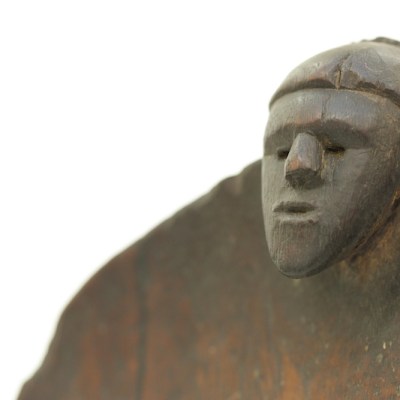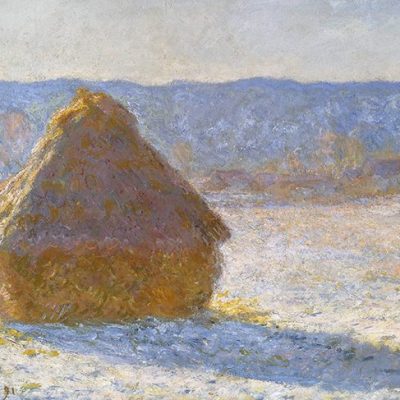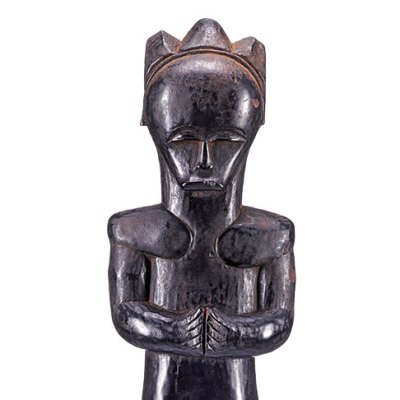Introducing Rakewell, Apollo’s wandering eye on the art world. Look out for regular posts taking a rakish perspective on art and museum stories.
With Sunday night pub sessions proscribed, your correspondent has fallen back on a more wholesome form of escapism to polish off the weekend – namely Jack Thorne’s TV adaptation of Philip Pullman’s His Dark Materials trilogy, the second series of which began on the BBC earlier this month. In between being enthralled by Ruth Wilson’s truly wicked portrayal of Mrs Coulter, and scratching his head at just how Will’s smart-phone still has charge after several days in an alternate universe, Rakewell was pleased to see a cameo for the Pitt Rivers Museum of archaeology and anthropology in Oxford – the setting for an ominous meeting between the heroine Lyra Belacqua and the nefarious collector Charles Latram.
In the museum, Lyra is examining a display case of trepanned skulls – heads with holes bored into them, a surgical practice used in our own world since prehistoric times, most often to let evil spirits escape. In the His Dark Materials universe, however – spoiler alert, if you haven’t read the books – the Tartar people trepanned themselves to let in good spirits, in the form of the mysterious elementary particles known as Dust.
The interior of the Pitt Rivers Museum, Oxford. Photo: Geni/Wikimedia Commons (published under a Creative Commons licence; CC BY-SA 4.0)

For all that curators of the Pitt Rivers Museum have been reassessing the collection and its display in recent years, in fiction depictions of the place have tended towards the gory and the gruesome. One of Colin Dexter’s Inspector Morse novels, The Daughters of Cain (1994), employs a knife made by the Lozi people of Zambia, stolen from the museum, as the murder weapon. More recently in the Morse universe, Inspector Lewis’s hunt for a husband who has murdered his wife leads him through the museum to the top of the neo-gothic tower of the building it shares with the Natural History Museum, from which the perpetrator (played by James Wilby) leaps to his death in the climactic scene.
Finally, in Penelope Lively’s The House of Norman Gardens (1974), the teenage heroine Clare Mayfield pays a visit to the Pitt Rivers to seek out carvings from New Guinea similar to that of her great-grandfather’s in her attic; she discovers one ‘in a case by itself, with a prim label saying that it was a war-shield, and the holes at the edges were probably for attaching the skulls of slaughtered enemies to. Very jolly.’
Very jolly indeed. Perhaps, on reflection, it’s no bad thing that Rakewell’s local will be open again next weekend…
Got a story for Rakewell? Get in touch at rakewell@apollomag.com or via @Rakewelltweets.




